- Home
- News & Updates
- Emedgene V36 New Version Overview
Emedgene V36 New Version Overview
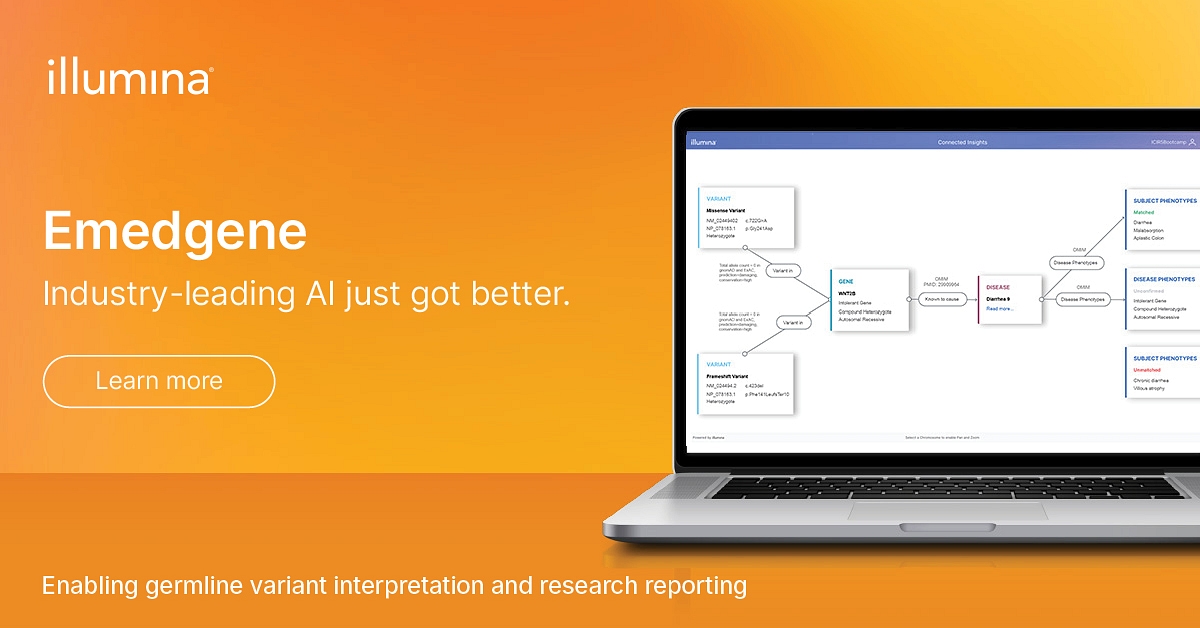
Emedgene tertiary analysis software enables streamlined variant interpretation for clinical research of germline samples. Now with the latest V36 Emedgene release, our market-leading AI just got better. Analyze your germline cases with Emedgene V36 to see the difference yourself—we are here to support you.
Get more with Emedgene V36
- More accurate: New Explainable AI (XAI) model improves both precision and recall in a single release!
- More comprehensive: Clear path to interpreting DRAGEN 4.3 outputs including improved coverage of complex high homology regions, enhanced mosaic calling and more.
- More efficient: New configurability settings to optimize your lab workflow in Emedgene.
In this blog post, we focus in on the newly enhanced Emedgene XAI model to further streamline interpretation.
To access to these exciting new features of Emedgene and see a full description, contact support if you are an existing customer or, if you are new to Emedgene, we welcome you to schedule a demo.
What is the Emedgene XAI “shortlist”?
Emedgene presents the user with a small number of high-confidence candidate variants that are most likely to solve the case.
Emedgene’s XAI was featured in a 2023 validation study published with Baylor Genetics and published in Genetics in Medicine, in which the prioritized variants generated using XAI were validated against manual curation in 98 percent of subject trios, 93 percent of single subjects, and 97 percent overall for subjects analyzed.
Every variant shortlisted by the AI is presented with a full chain of evidence (Fig. 1), including links to databases and publications, opening the AI blackbox and streamlining variant curation.
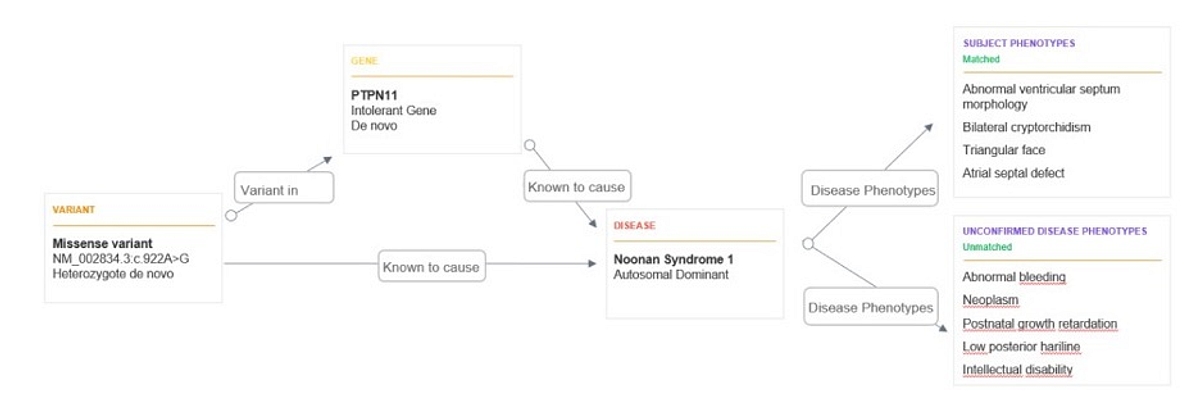
Fig. 1, above: Transparent logic: Every AI hypothesis is backed by literature and knowledge base sources.
V36 XAI Model Update
The Emedgene focused AI model for shortlisting variants likely to solve the case has been retrained to increase both precision and recall.

As a reminder, the AI model is available in two modes:
Focused mode, which is trained to find a likely solving variant in known genes and will split the shortlist into known and unknown genes. This version of the focused mode will suggest very few genes of unknown significance.
Discovery mode, which is trained to suggest a shortlist of likely solving variants in both known genes and genes of unknown significance.
In this version update, the focused mode AI was updated.
The model was evaluated with a proprietary Illumina dataset of 1375 cases.
Internal study results (Fig. 2, below):
Rank of solving variant is even better, "top 3" on average
- V36 focused mode: 97% of cases were solved by the top 3 variants
- V35 and under: 97% of cases were solved by the top 9 variants
- The average number of variants shortlisted in a case is significantly reduced (Fig. 3). 45% of cases in the validation set had only 3 variants, and an additional 15% had 4 variants. The median length of the shortlist is 4 variants

Fig. 2, above: The percentage of solved cases by rank in variant shortlist, as prioritized by Emedgene XAI (internal study).

Fig 3, above: A comparison of models: Average number of variants in the Emedgene XAI prioritized shortlists.
Internal study dataset characteristics (Fig. 4):

Fig. 4, above: Characteristics of the internal study dataset used to measure Emedgene XAI model performance.
XAI + Phenomeld
Our recommendation is to use the new XAI model with our Phenomeld phenotypic match model.
Phenomeld is a proprietary phenotypic match algorithm that estimates the concordance between observed phenotypes and an associated disease. It is also a key component of our XAI model.
Phenomeld achieves an AUC of 0.94, and uses ensemble machine learning, which combines several phenotypic match models to improve model performance.
The Phenomeld model was validated with two data sets.
Utilizing an internal dataset of 314 well characterized cases, Phenomeld was compared to the open source phen2gene model, as well as to the previous Emedgene Phenomatch model, outperforming both (Fig. 5).
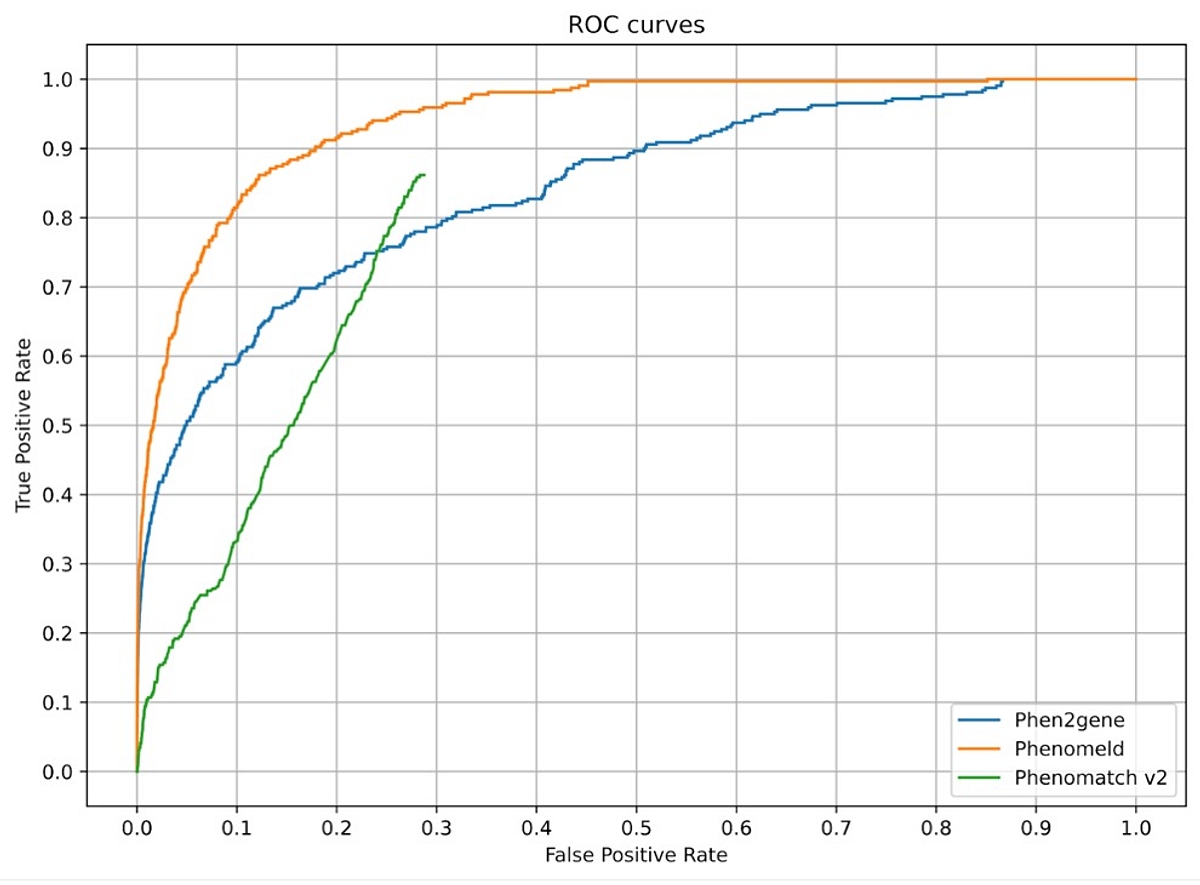
Fig. 5, above: Performance of Phenomeld, and other models for comparison, using an internal validation data set.
A second validation used a set of 4648 ClinVar cases, and compared Phenomeld with phen2gene, where Phenomeld demonstrated improved results.
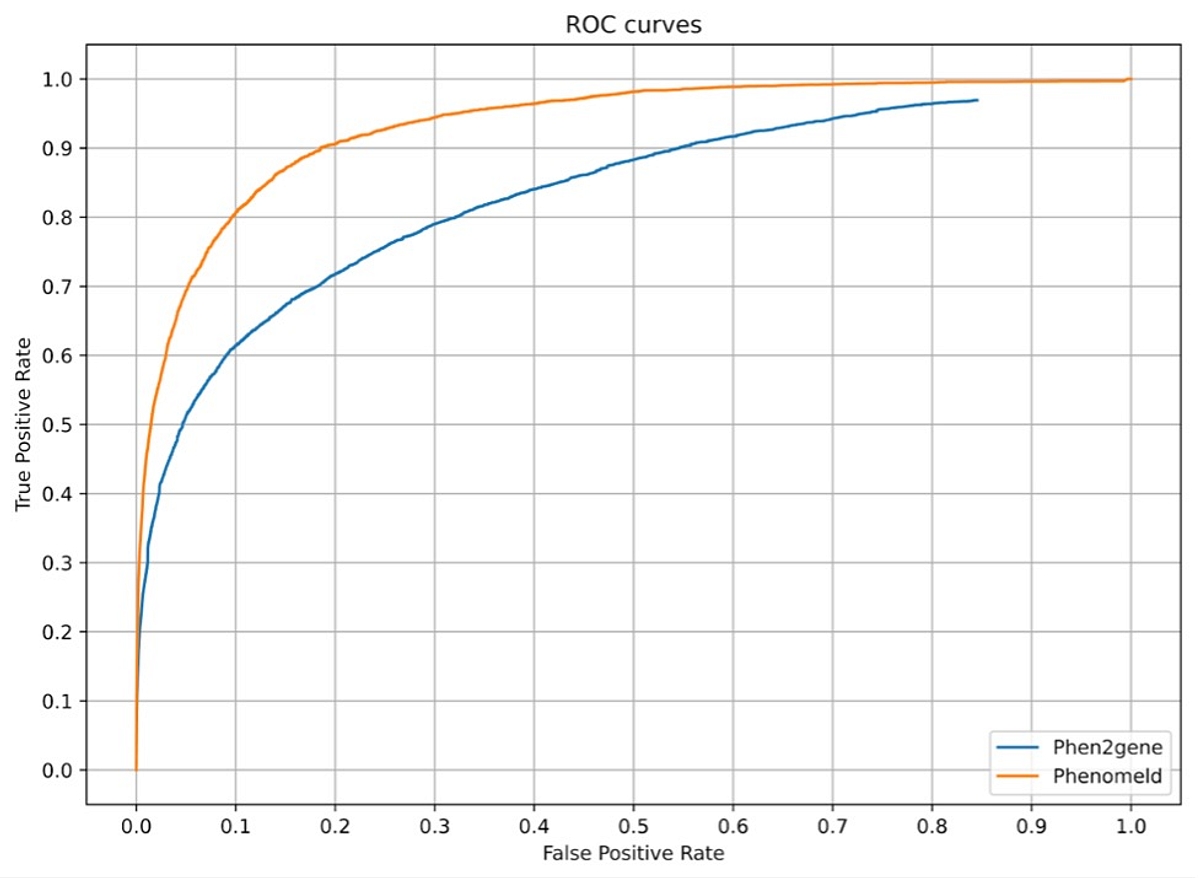
Fig. 6, above: Performance of Phenomeld, and other models for comparison, using a ClinVar validation data set.
Early users of the new XAI report the most efficiency gains when cases are reviewed using AI rank and Phenomeld score together. Both scores are available in the Analysis Tools table in Emedgene (Fig. 7).
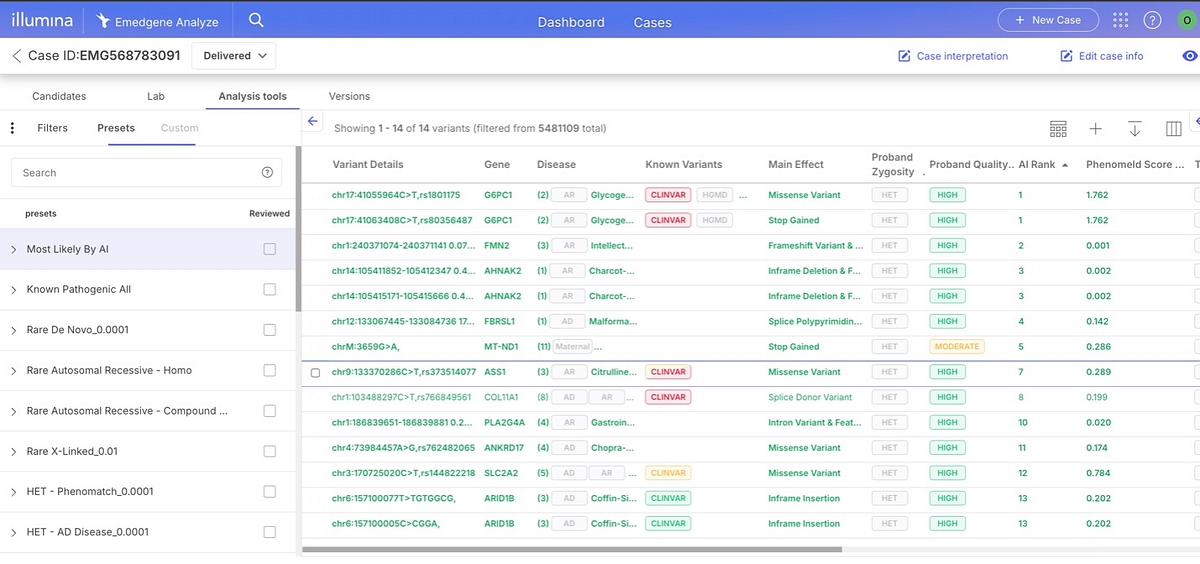
Fig. 7, above: Emedgene UI showing AI Rank and Phenomeld Scores in a single view; filter and sort as desired.
See it for yourself!
To try out the new XAI model, DRAGEN 4.3 interpretation features and the new customization features in V36, simply upgrade your version from the user interface, or contact support. Or, if you’re not yet an Emedgene customer, please schedule a demo with your Illumina representative or here. We are excited to connect with you to share V36 and all to come!
For Research Use Only. Not for use in diagnostic procedures.
M-GL-03270